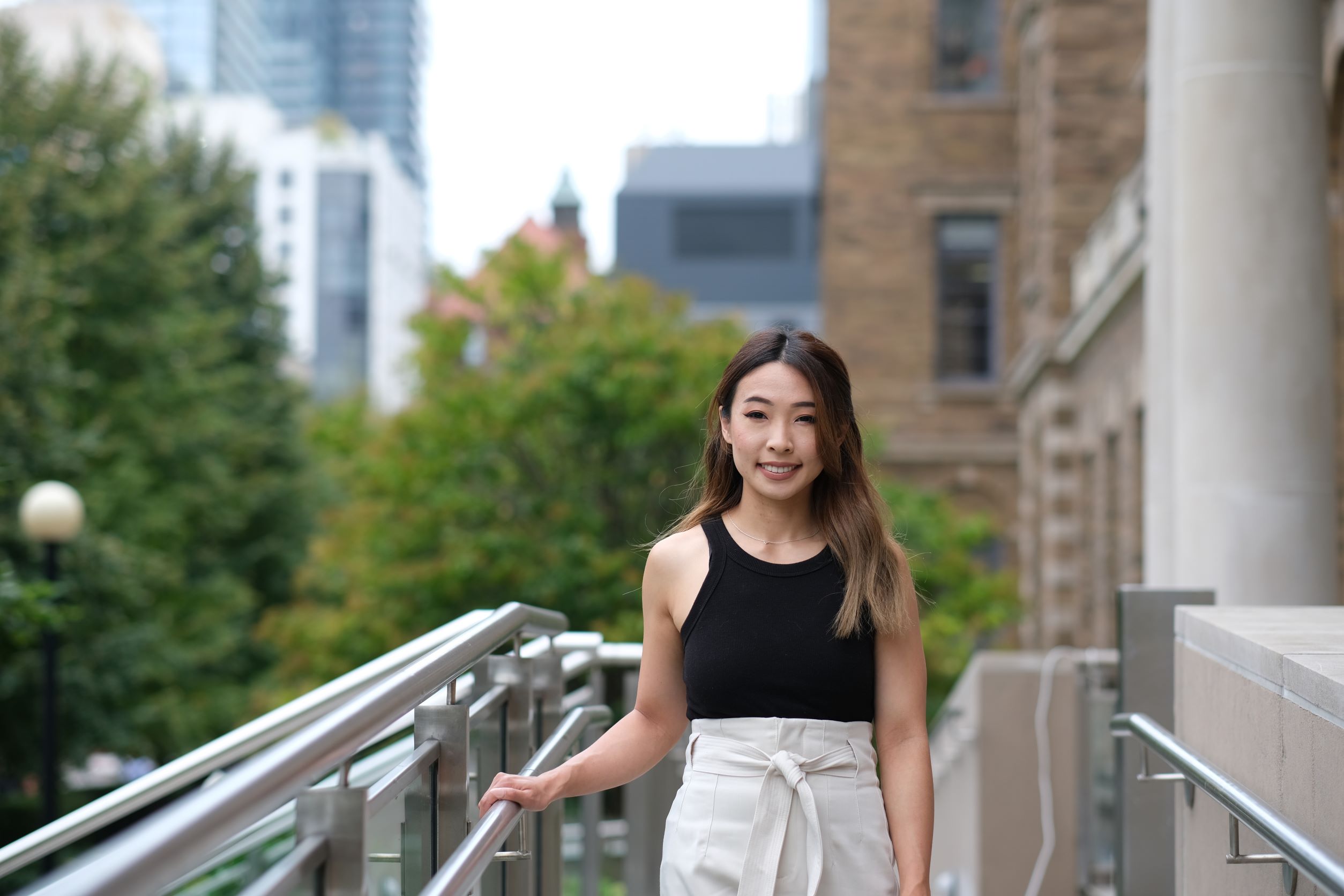I am working in Craig Simmon’s lab, renowned in the field for cardiology research but I’m working on a new branch of research dealing with barrier modeling. Specifically, I am working towards developing stem cell derived models of the blood brain barrier to integrate into microfluidic platforms. My goal is to be able to create relevant disease models specifically for Alzheimer’s.

The blood brain barrier is responsible for ensuring that we have this highly selective, robust barrier to prevent pathogens and foreign substances from entering the brain, as well as being able to exchange the necessary nutrients that we need. Once it starts to deteriorate, it can exacerbate disease conditions because of the lack of a protective barrier. Not only has it been suggested to propagate Alzheimer’s (pathogenesis and disease severity), but it is also one of the first signs of the disease, and the reason why is largely unknown. Part of my project will be to see what factors might be driving this damage.

With the Student Biotechnology Network, I served as the Director of Corporate Affairs. Last year, the Discovery Foundation, which is one of the organizations on our board, put out a call for a technology education program grant. We thought that this would be a great opportunity to create a business mentorship program, aimed at educating and empowering for folks from underrepresented communities, (BIPOC, women, LGBTQ+) to enter into biotech entrepreneurship and leadership. We created this program as a pilot to serve as a pipeline for increasing representation in the industry. Right now we partnered with the Society for Canadian Women in Science and Technology (SCWIST) for the initiative where I’m still currently a Board of Director.

I think biomedical engineering as a discipline, is moving towards being much more fluid, collaborative and interdisciplinary, which is an incredible asset. It makes the work that we’re doing just so much more valuable to the kind of end user and the communities that we want to impact because through collaboration, and through having folks with different perspectives and backgrounds, you’re just able to see so many more potential gaps in translation.


